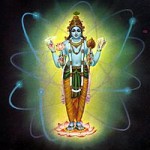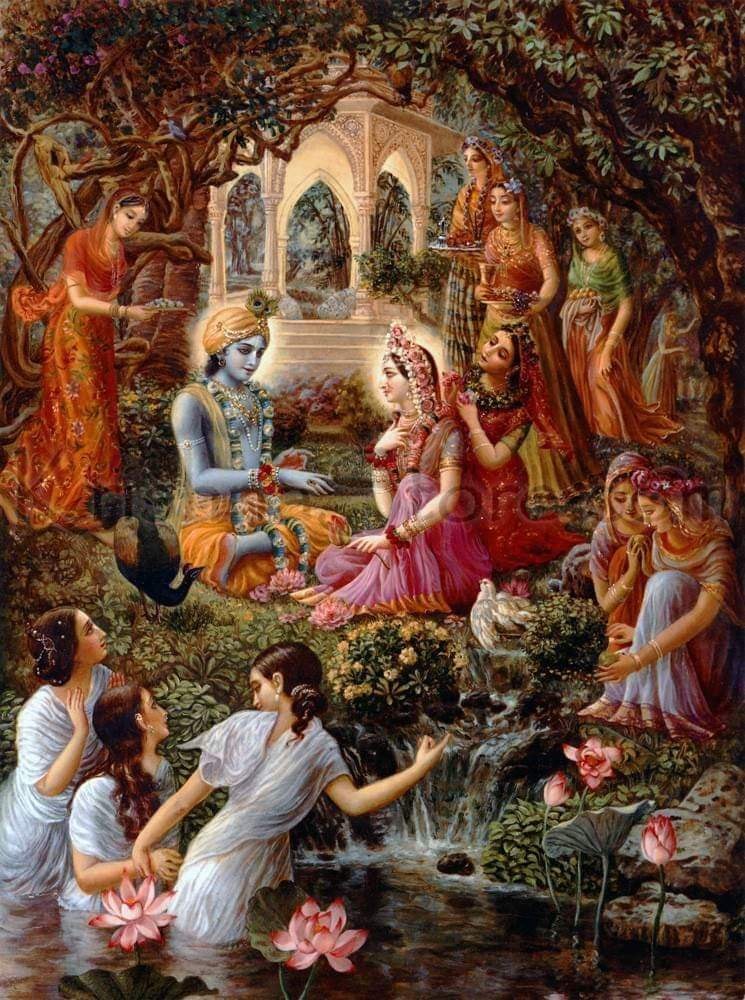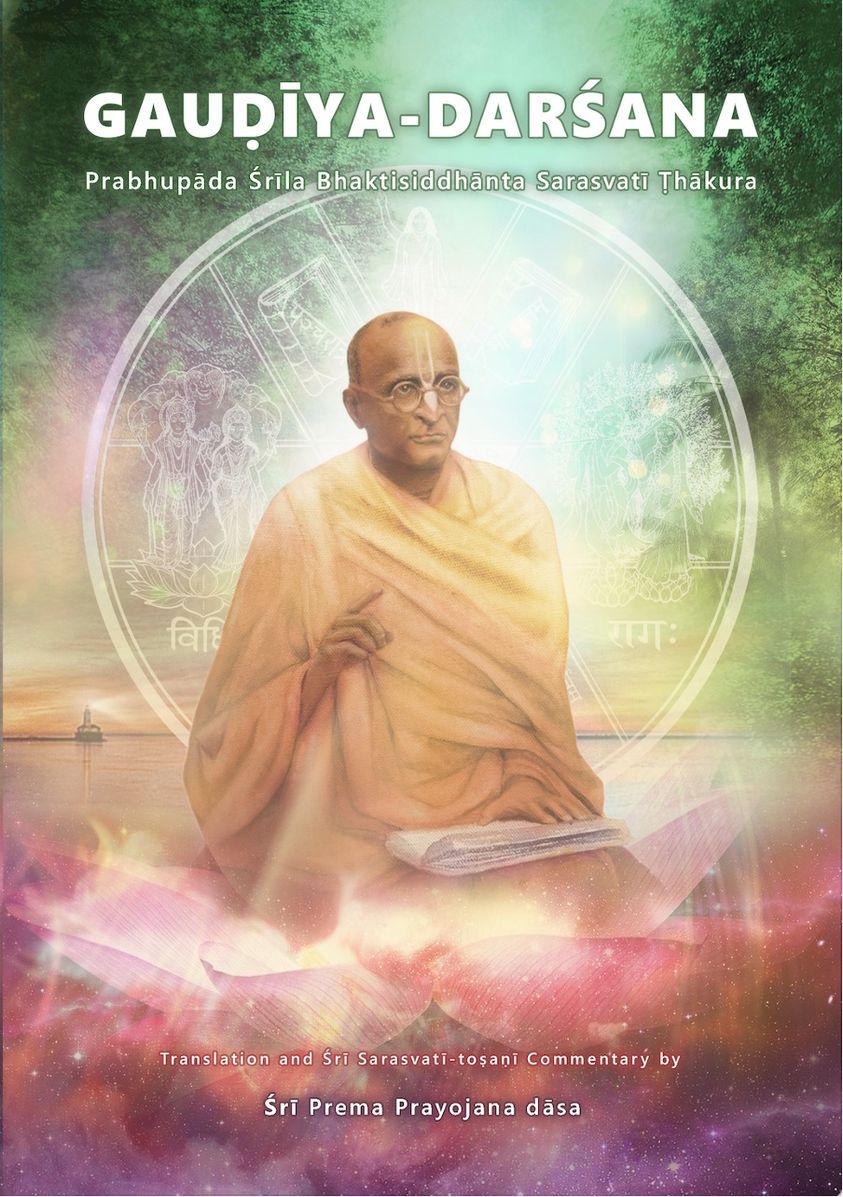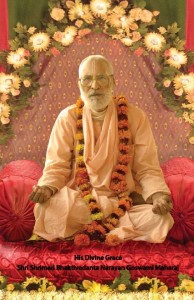
Srila Bhaktivedanta Narayana Maharaja
By adopting the conception that everything is one, the mood of service is completely destroyed. This is a very critical obstacle.
The highest truth is reality distinguished from illusion for the welfare of all.
By Tridandisvami Sri Srimad Bhaktivedanta Narayana Maharaja
This is a small excerpt from the lecture series called Ramananda Samvad (the Conversation Between Sri Caitanya Mahaprabhu and Sri Raya Ramananda). Srila Bhaktivedanta Narayana Maharaja giving class at Sri Krsna-Caitanya Gaudiya Matha [Jagannatha Puri, India: August 8, 2004]
Srila Narayana Maharaja
Every transcendental subject has a common symptom, and the common symptom is that it is acintya, completely inconceivable. The material mind cannot think about it. It is therefore inappropriate to apply one’s intelligence and power of material discrimination to ascertain anything transcendental.
In the scripture known as the Rg Veda, four types of purusartha (objectives) have been mentioned, namely dharma, artha, kama, and moksa. Dharma is the performance of prescribed duties recommended by the Vedic scriptures. Specifically, this comes in the form of observing the rules and regulations of varna and asrama (the social and spiritual orders). If one follows dharma carefully, the result is that he will get artha. Artha means economic development, security in this world, many servants and followers, etc. When one acquires economic prosperity, he can go to the next objective, kama. One who is materially successful can try to fulfill his material desires (kama). The fourth objective is called moksa, or liberation. Dharma, artha and kama are not actually goals of life, because those who attain these goals do not find happiness. Rather, they simply suffer.
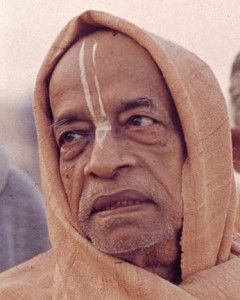

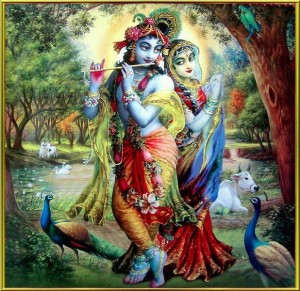
![SrilaGurudevGarland1[1]](http://www.harekrishnasociety.com/wp-content/uploads/2012/04/SrilaGurudevGarland11.jpg)
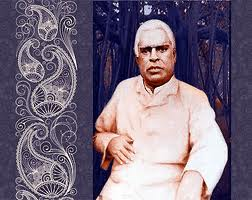
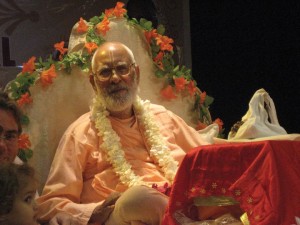

![sridhar[1]](http://www.harekrishnasociety.com/wp-content/uploads/2012/04/sridhar1-150x150.jpg)
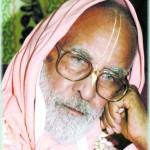

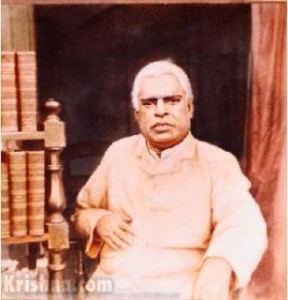
![ramayana[1]](http://www.harekrishnasociety.com/wp-content/uploads/2012/03/ramayana11.jpg)

![1.3krishnathesource[1]](http://www.harekrishnasociety.com/wp-content/uploads/2012/03/1.3krishnathesource1-222x300.jpg)

![yfp-book[1]](http://www.harekrishnasociety.com/wp-content/uploads/2012/03/yfp-book11.jpg)
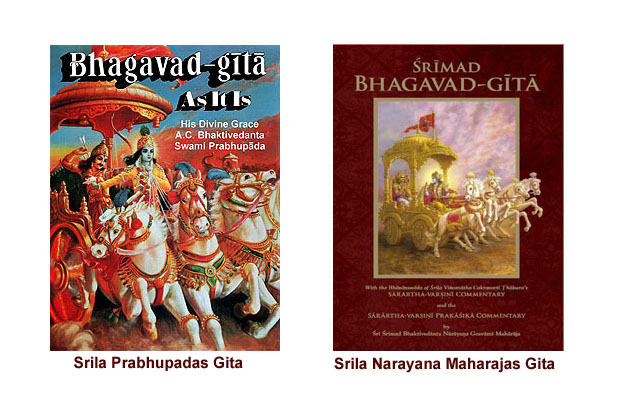
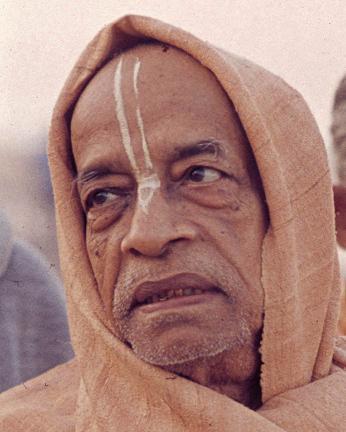
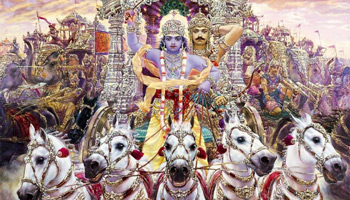
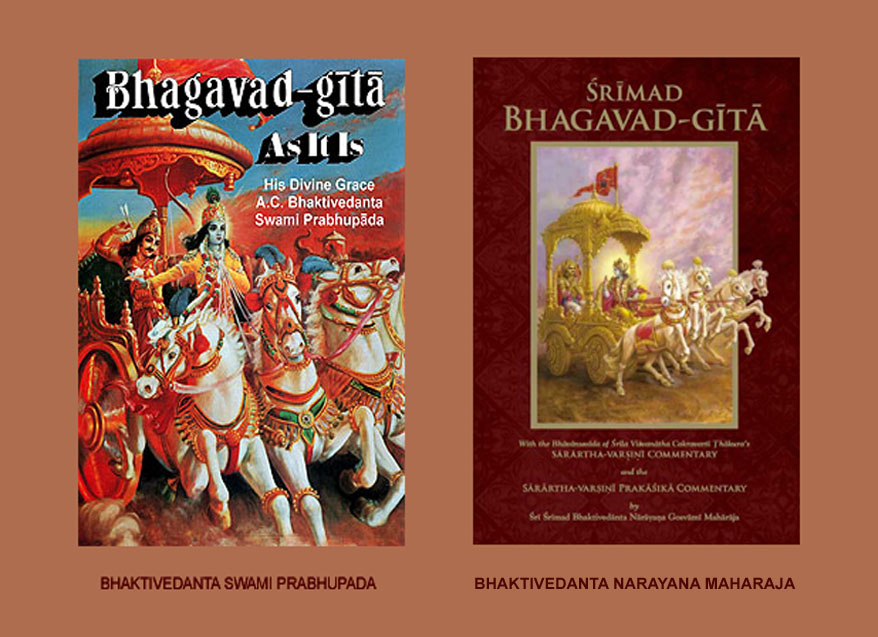
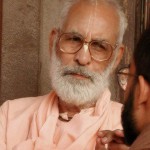
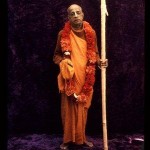
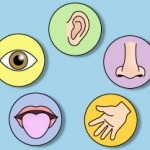 Everything is temporary
Everything is temporary
